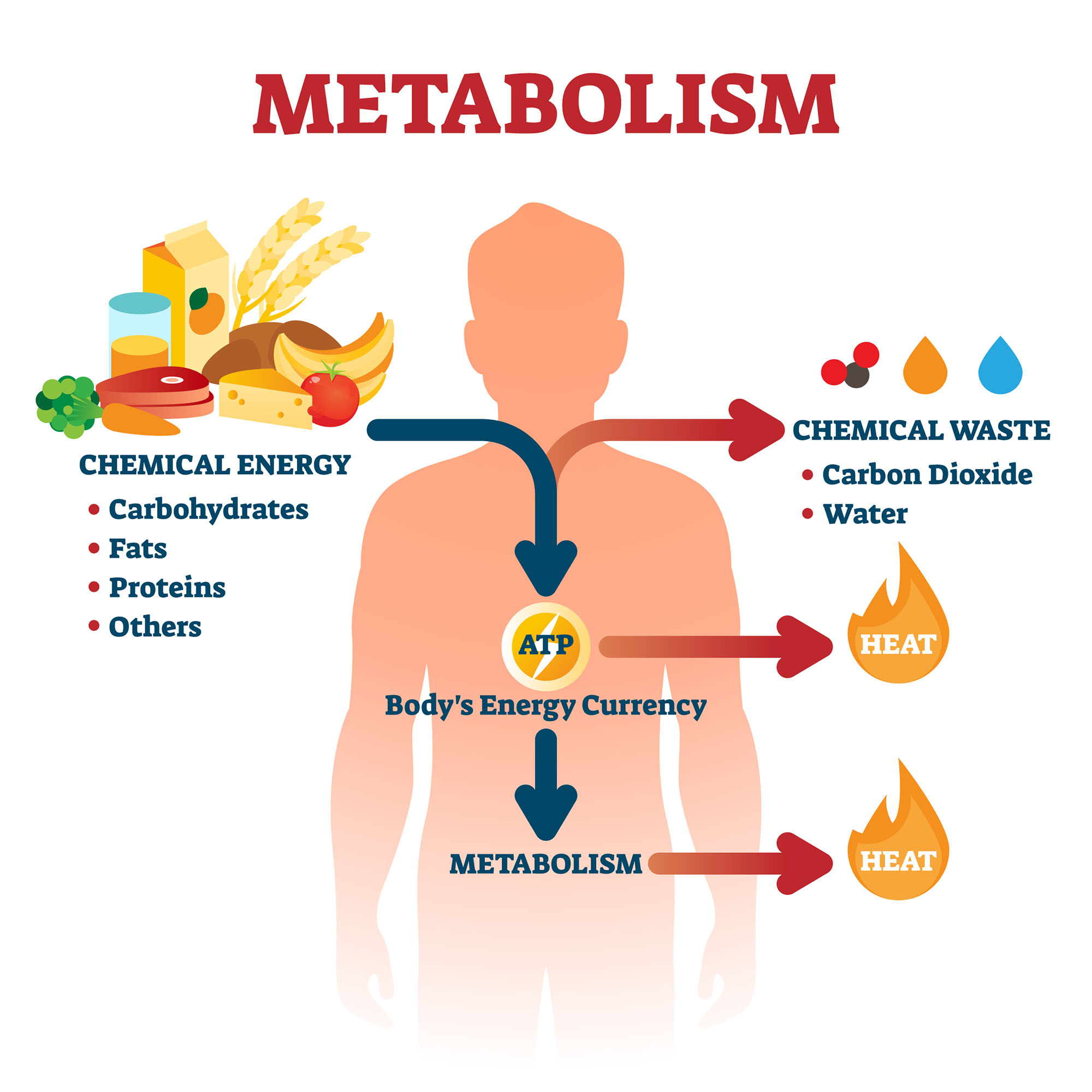When managing your cholesterol for good health, your diet plays the most significant role in maintaining a healthy cholesterol profile, regardless of genetics.
What is cholesterol, and what is the difference between HDL and LDL?
HDL (high-density lipoprotein) cholesterol and LDL (low-density lipoprotein) cholesterol are two types of cholesterol found in our bloodstream. While they both play a role in the body, they affect our health differently.
HDL cholesterol, often called “good” cholesterol, helps remove excess cholesterol from the bloodstream and carries it back to the liver, where it can be broken down and eliminated from the body. Higher levels of HDL cholesterol are associated with a reduced risk of heart disease because it helps prevent plaque buildup in the arteries.
On the other hand, LDL cholesterol, often called “bad” cholesterol, can contribute to plaque development in the arteries. When LDL cholesterol levels are high, it can lead to the buildup of fatty deposits in the artery walls, restricting blood flow and increasing the risk of heart disease and stroke.
Having high HDL cholesterol levels is generally considered beneficial for cardiovascular health, while high LDL cholesterol levels are considered detrimental. However, it’s important to note that the overall balance of cholesterol in the body and other factors such as inflammation and triglyceride levels also play a role in determining heart disease risk.
Maintaining a healthy HDL and LDL cholesterol balance is crucial for cardiovascular health.
Lifestyle factors such as a healthy diet, regular physical activity, avoiding smoking, and managing weight can help regulate cholesterol levels.
What are the ideal numbers?
Healthy cholesterol ranges can vary depending on individual factors such as age, gender, and overall health.
General guidelines for healthy cholesterol levels:
Total Cholesterol:
- Desirable: Less than 200 mg/dL
- Borderline high: 200-239 mg/dL
- High: 240 mg/dL and above
LDL Cholesterol (Bad Cholesterol):
- Optimal: Less than 100 mg/dL
- Near-optimal: 100-129 mg/dL
- Borderline high: 130-159 mg/dL
- High: 160-189 mg/dL
- Very high: 190 mg/dL and above
HDL Cholesterol (Good Cholesterol):
- Desirable: 60 mg/dL and above (higher is better)
- Poor: Less than 40 mg/dL for men, less than 50 mg/dL for women
Triglycerides:
- Desirable: Less than 150 mg/dL
- Borderline high: 150-199 mg/dL
- High: 200-499 mg/dL
- Very high: 500 mg/dL and above
Now that we understand what cholesterol is and what ideal numbers for good health would be, let’s dive into 15 delicious and nutritious foods that can help you lower bad LDL cholesterol and promote the superhero HDL cholesterol:
Avocado: Creamy and oh-so-delicious avocados are packed with heart-healthy monounsaturated fats. They not only raise good cholesterol levels but also lower bad ones.
Oats: Start your day with a bowl of whole-grain oats. Rich in soluble fiber, oats work wonders in reducing LDL cholesterol. Plus, they keep you full and energized throughout the morning.
Olive Oil: Swap out unhealthy fats with extra virgin olive oil. This golden elixir contains monounsaturated fats that help lower bad cholesterol levels while increasing the good cholesterol in your body.
Fatty Fish: Dive into a seafood feast with fish like salmon, mackerel, and trout. These oily fishes are rich in omega-3 fatty acids, raising your HDL levels, lowering triglycerides, and reducing the risk of heart disease.
Nuts: Go nuts for nuts! Almonds, walnuts, and pistachios are brimming with healthy fats, fiber, and plant sterols—snack on a handful to improve your cholesterol profile and support a healthy heart.
Legumes: Beans, lentils, and chickpeas are excellent sources of soluble fiber, which binds to cholesterol and helps eliminate it from your body. Add these mighty legumes to your soups, salads, and stews for a heart-healthy boost.
Berries: Sweet, vibrant, and packed with antioxidants; berries like blueberries, strawberries, and raspberries are rich in polyphenols. These compounds can help raise HDL cholesterol and protect against heart disease.
Dark Chocolate: Yes, you read it right! Satisfy your sweet tooth with a moderate amount of dark chocolate (70% cocoa or higher). Dark chocolate contains flavonoids that improve blood flow, lower blood pressure, and increase HDL cholesterol.
Spinach: Popeye knew what he was doing! Spinach is a leafy green powerhouse loaded with lutein, fiber, and plant sterols. Incorporate spinach into your salads, smoothies, or sautés for a heart-healthy boost.
Garlic: Not only does garlic add a flavorful punch to your dishes, but it also contains allicin, a compound that may help lower bad cholesterol and prevent blood clots.
Whole Grains: Swap refined grains for whole grains like quinoa, brown rice, and whole wheat bread. They are packed with fiber and nutrients that can lower bad cholesterol and reduce the risk of heart disease.
Green Tea: Sip your way to a healthier heart with a cup of green tea. This delightful beverage is loaded with antioxidants called catechins, which have been shown to improve cholesterol levels.
Soy: Incorporate soy-based foods like tofu and edamame into your diet. Soy contains plant sterols that help block cholesterol absorption, lowering LDL levels.
Pomegranate: Bursting with vibrant flavor and antioxidants, pomegranates can help prevent the oxidation of LDL cholesterol, reducing the risk of plaque buildup in your arteries.
Green Leafy Vegetables: Vegetables like kale, spinach, and Swiss chard are fantastic additions to a cholesterol-lowering diet. They are low in calories and high in nutrients, including fiber, antioxidants, and plant sterols. These components help lower LDL cholesterol levels and reduce the risk of heart disease.
Who says eating healthy has to be boring?
With these 15 superfoods in your arsenal, you can take charge of your cholesterol levels and promote a healthier heart.
So, grab your apron, hit the grocery store, and whip up some delicious meals that will please your taste buds, manage those cholesterol levels, and contribute positively to a healthy waistline!
Joe Carson B.S. NASM-CPT/FAS/CN
Master Trainer/Functional Aging Specialist/Certified Nutritionist
Twenty-First Century Aging





